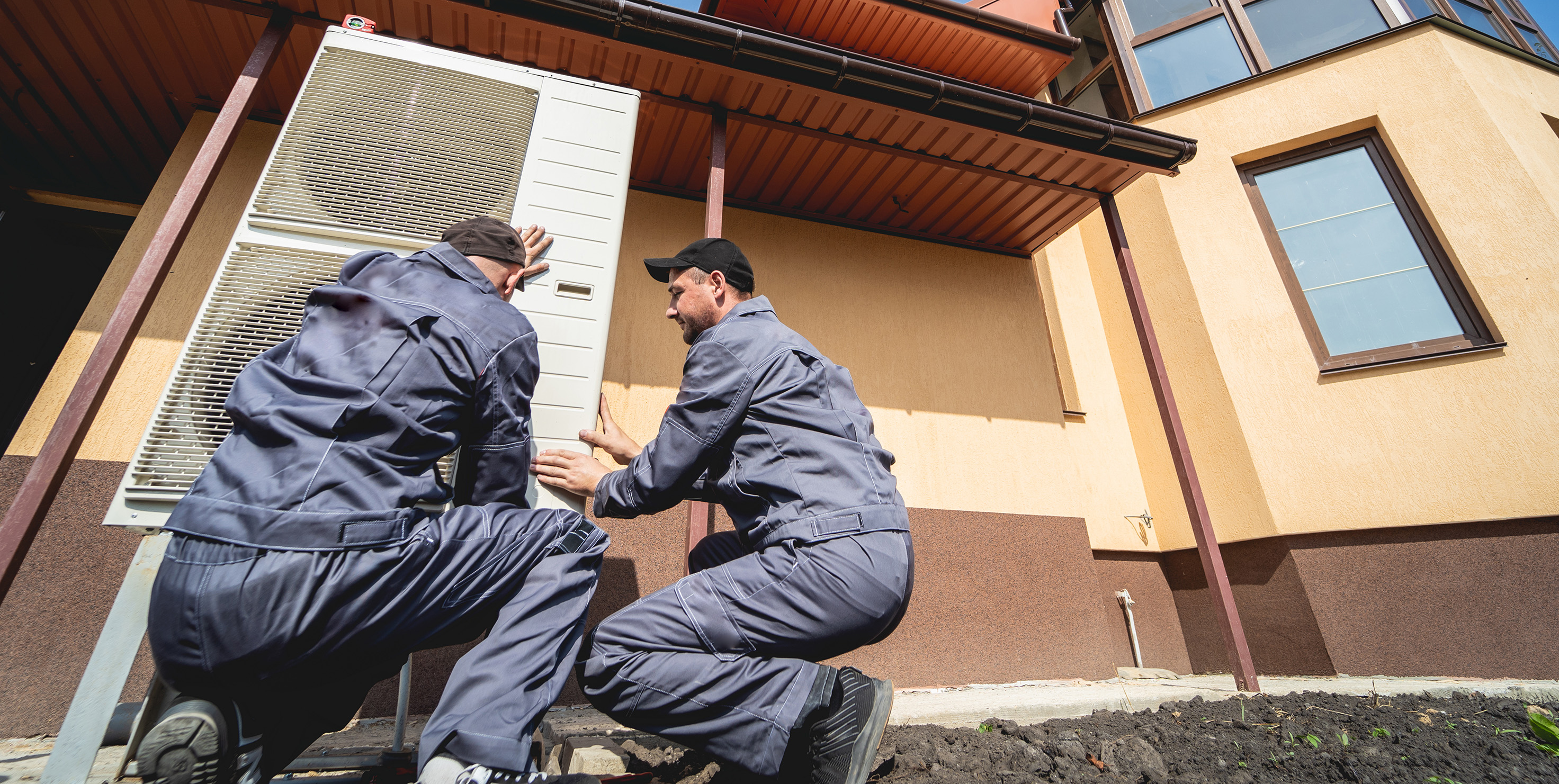Blog
.jpg)
D+R LEARN’s Best Practices for Residential Heat Pump Water Heater Installation

A heat pump water heater works by extracting heat from the surrounding air and transferring it to water stored in a tank. It consists of essential components such as the compressor, evaporator, condenser, and expansion valve—all of which work together to provide efficient heating. With COP values ranging between 2 to 4, HPWHs generate two to four times more heat energy than the electricity they consume, making them a smart choice for reducing energy costs and environmental impact.
The efficiency of a HPWH depends greatly on proper system sizing, design considerations,and installation techniques. That’s why this course was created—to provide a step-by-step guide covering everything from initial setup to post-installation procedures. Whether you’re an installer, builder, or homeowner, learning best practices ensures the system operates at peak efficiency while guaranteeing user satisfaction.
You can watch the first episode of this course here in a special preview:
If you would like to continue learning, be sure to visit the D+R Learn Plus site. This is our new platform for hosting several courses and programs available for purchase. These courses highlight heat pumps, energy efficiency, and other related subject areas.
